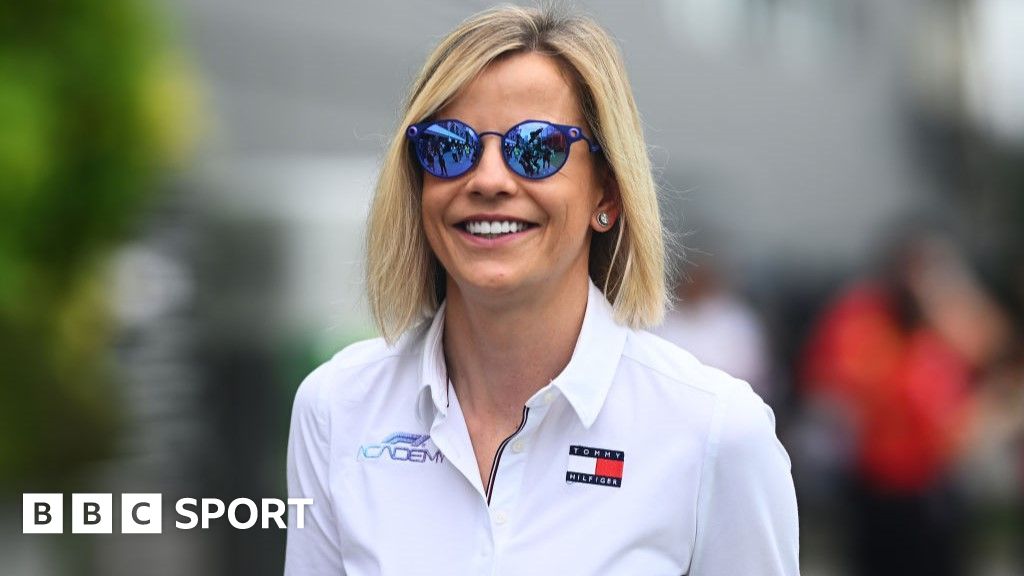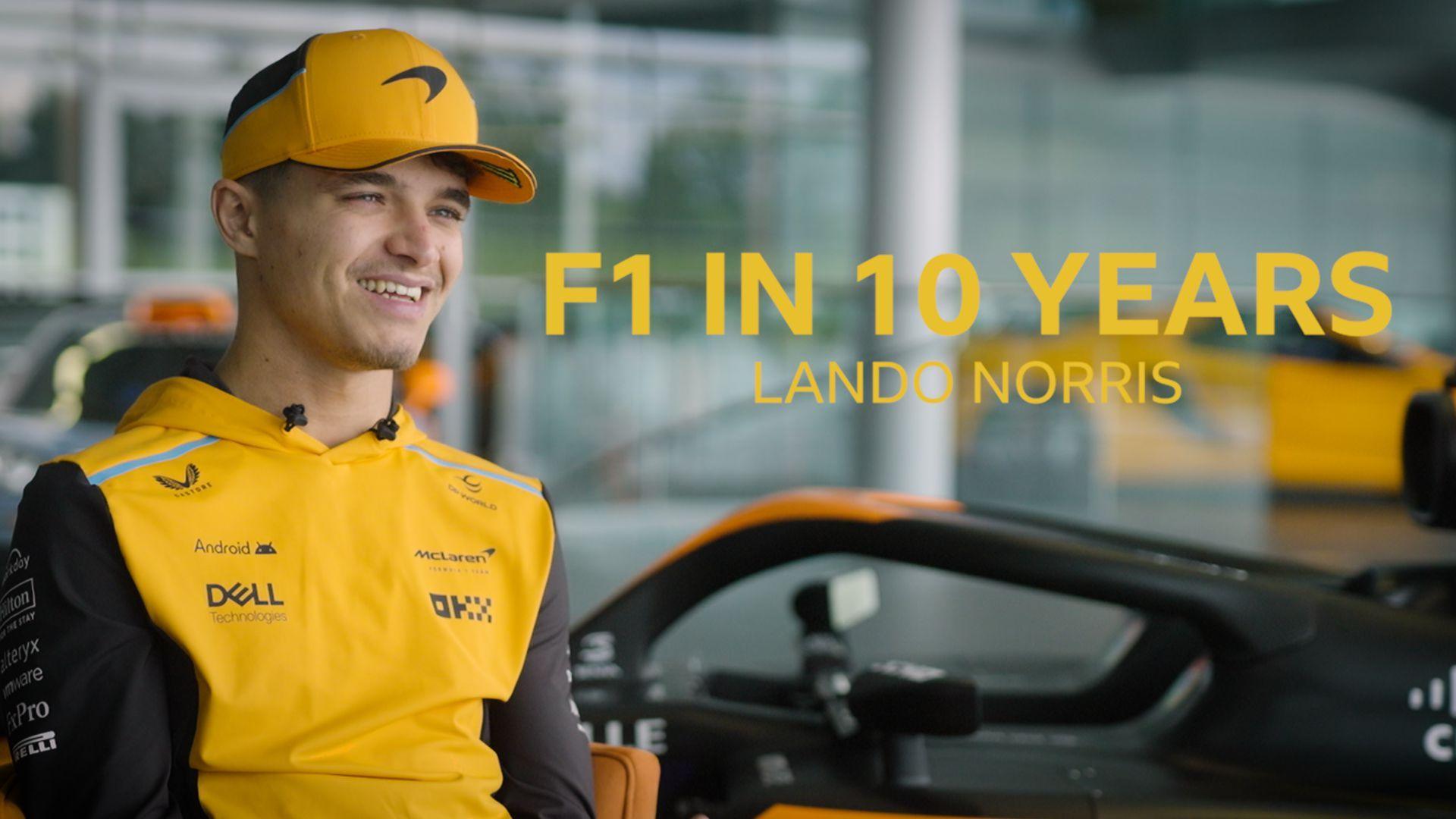This video can not be played
To play this video you need to enable JavaScript in your browser.
Another race track, another Formula 1 grand prix. But a real moment is occurring.
There’s a commotion in the Silverstone paddock, as a figure emerges through a doorway behind a waiting car. Hundreds of camera shutters click. Journalists jostle for view as a new member of the racing fraternity slides on a star-design helmet.
A woman is competing in a Formula 1 car – a moment she has dreamed of her whole life.
But it all grinds to a halt. An oil pressure problem shuts down the engine, the car comes to a stop. Bar one more outing in Germany, that would be it in terms of a woman driving at a Formula 1 race weekend.
No, it’s not 2025. It’s 2014. A decade on, the clock is still ticking.
The driver was Susie Wolff, behind the wheel of a Williams car taking part in first practice at the 2014 British Grand Prix. She was never assigned to race.
“Most probably now looking back with perspective, I had to work harder for their respect because there was just that underlying doubt that I was good enough,” says Wolff.
“Of course there are difficult moments because when you are the only one, suddenly there’s lots of attention on my gender instead of my performances on track.
“But I tried to not let those distract me because I knew performance is power, and as long as I did a good enough job on track… But there was this natural scepticism – I was a young girl in a very male-dominated environment.”
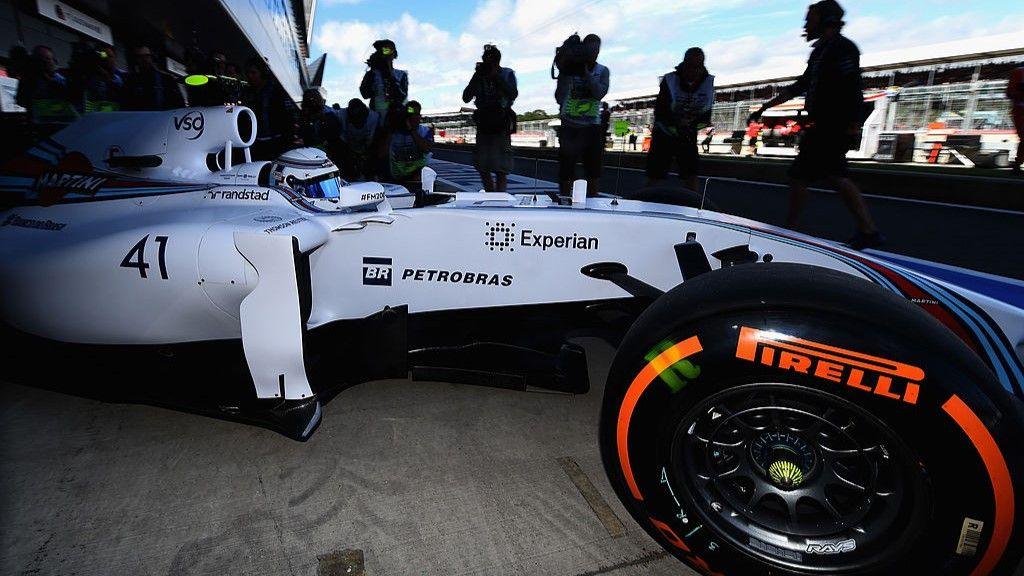
‘We are a movement rather than a moment’
Now, as the managing director of the Formula 1-affiliated all-female F1 Academy, and Formula 4 level talent series, she can be a big part of another big moment.
Sitting in an otherwise empty boardroom at F1’s headquarters in Kensington, London, she discusses the challenges she now faces.
“In my role there are days where I get despondent by… ‘lack of support’ is the wrong word… but how difficult it is to break tradition and to come with the F1 Academy to encourage people that this is something that needs to be given time and space and support,” says Wolff.
“Female participation in motorsport has never gone above 5%, so in the numbers game it’s been difficult for women to get to the pinnacle because we simply don’t have a big enough talent pool.
“So first and foremost, we need to get more participation and create those visible role models, because sometimes in life you have to see it to believe it. We are a movement rather than a moment.”
How has it all taken this long?
So why, unlike in other elite sports, has the presence of women in F1 reduced over the past decade?
After Maria Teresa de Filippis’ three starts in the 1950s came further breakthroughs in the 1970s, as Divina Galica entered – though did not start – three grands prix, and the legendary Lella Lombardi took part in 12 races for March and RAM, before Desire Wilson in 1980 and Giovanna Amati in 1992 failed to qualify for a handful of races between them.
It leaves Lombardi as the last woman to sit on the Formula 1 grid, 48 years ago.
Was it tokenism? However well-intentioned, that was how the recent trend of female ‘development drivers’ at F1 teams was dismissed by many in the sport. All involved knew that those drivers would never sit in the cockpit of an F1 car in anger.
But there’s little doubt the prospects at least are improving. The short-lived but significant W Series changed the landscape in 2019 before folding last year. It had been a welcome disruption in a sport too often asleep to diversity.
The spirit of the W Series remains. And with it is a new optimism in what is a far more structured sport in the modern age – where the degree of experience drivers need to get into an F1 car is greater than it was in Lombardi’s time.
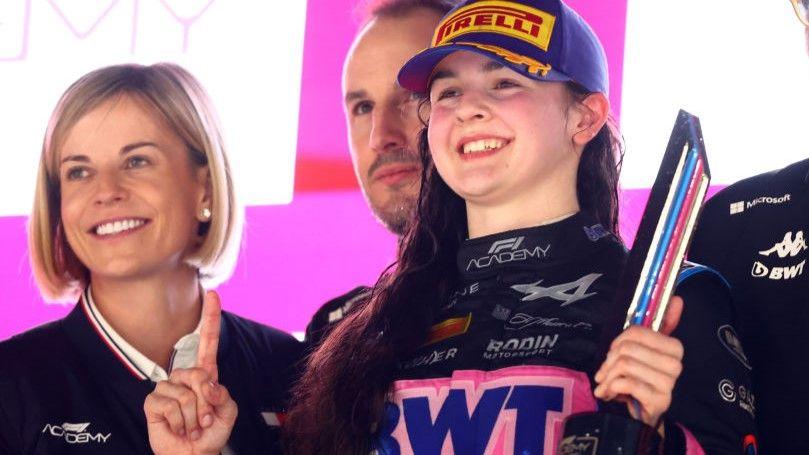
When will we see a woman on the grid?
If Formula 1 and the FIA, motorsport’s governing body, are going about getting women into the sport in a more integrated way this time, that comes with a public expectation, rather than a hope, that there will be results.
Initiatives include the new F1 Academy Discover Your Drive: a grassroots programme to encourage female participation from ages as young as eight. Last week a formal diversity and inclusion charter was introduced too.
“I like to be optimistic, but I’m also a realist,” says Wolff. “We have some big emerging talents coming through and I would definitely like to say within 10 years you’ll see a woman starting a Formula 1 race.”
McLaren chief executive Zak Brown concurs. “If you look at the trajectory and journey any driver has to go on, for every driver that wants to be Oscar [Piastri] or Lando [Norris], you need about 10,000 of them to try simulators or karting until you get that volume of participation,” he says.
“Just like in every other sport, just like in football, there are 10,000 that want to be Messi, so that’s why we spend our time in esports and F1 Academy and grassroots.”
McLaren have their own F1 Academy driver in Bianca Bustamante, and next year with Ella Lloyd.
“We need a much greater volume of participants at grassroots,” adds Brown. “I think it’s going to take time, the journey from karting to Formula 4 to Formula regional to Formula 3 to Formula 2… it’s about a 10-year journey and we’re kind of just getting started.”
Other figures in the F1 paddock are optimistic of a breakthrough in the next decade too. Stefano Domenicali, the sport’s chief executive, will not predict a timeframe, but says “it will happen”.
But perhaps the most important voice in all this currently is Abbi Pulling, who won this year’s F1 Academy title during the Qatar Grand Prix weekend after dominating many of the races this season.
“We’ll never know specifically [when it will be],” says Pulling. “If not in the next five to 10 years, then we hope that it’s soon.”
Following her title win, the 21-year-old will take a fully funded seat in the British GB3 championship to continue on the long road to proving her worth on track.
“F1 Academy has been really good for us getting track time and inspiring the next generation,” she says. “If it’s not me or the others in this championship, hopefully it’s the 10-year-old watching us.
“Two or three years ago, I couldn’t finish a season because there was nothing left in the pot [because of the sponsorship money required]. If it wasn’t for [my team] Alpine and F1 Academy I wouldn’t be racing, simple as that – the support I’ve been getting is huge.”
France’s Doriane Pin, who came second, is another who has put in a number of impressive performances, including in sports car racing, where she out-drove several highly experienced male competitors in Portugal in heavy rain in a Ferrari 488 GTE in 2022.
For this new generation, the motorsport successes are already happening.
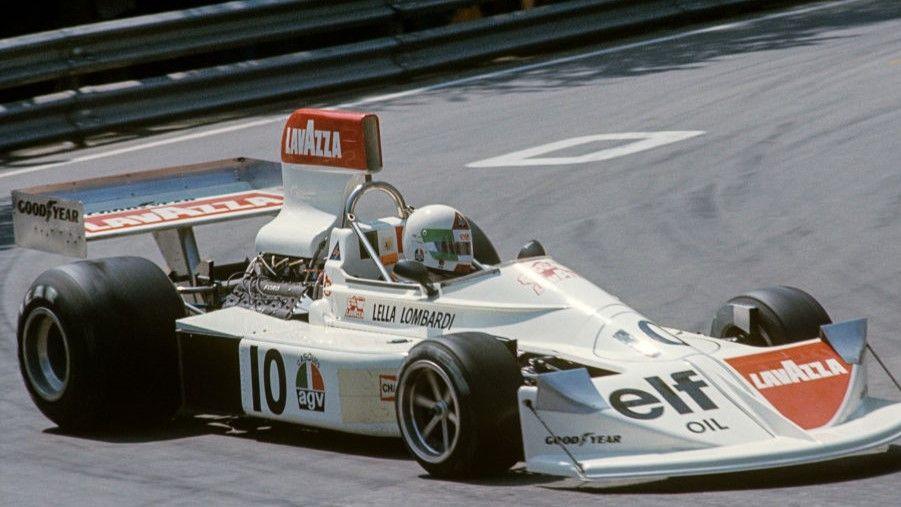
‘Something very powerful’
Wolff has brought experience and a sense of mission to her role as F1 Academy boss.
There was her own unfinished business in not making it to an F1 race, and the years spent in motorsport fighting for respect as well as position, including as a driver in German Touring Cars and managing the Venturi Formula E team.
“On a daily basis, there’s sometimes a lot of frustration that things are not moving quickly enough, but then I get to a race track or an email from a parent and we have completely changed their perception of the sport,” she says.
“It’s going to take time, but we are changing the course of people’s perception of the sport and that will become something very powerful.”
Wolff believes there are no physical barriers in terms of the demands of the cars. F1 cars have power-steering, and cars in supporting categories – such as Formula 2 and 3 – do not.
“Having driven an F1 car, and having driven it very competitively, I know it’s possible,” she says. “It’s not something I’m trying to guess or convince people of; it’s something I fundamentally believe. It is possible.
“If I look back 10 years when I was sat in that F1 car at the British and German Grands Prix, I can feel how much the sport has changed – it’s gone from strength to strength.
“The fanbase is growing and growing, now 40% of the audience is female, and the fastest growing demographic is 18-24 year olds. The idea Formula 1 is for older males has been smashed on its head.”
Wolff concludes: “I always had a vision. It would mean everything to me.”
The clock, though, is still ticking.
Related topics
-
-
17 October

-
-
-
30 September

-
